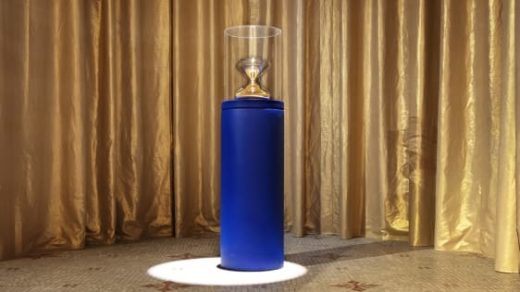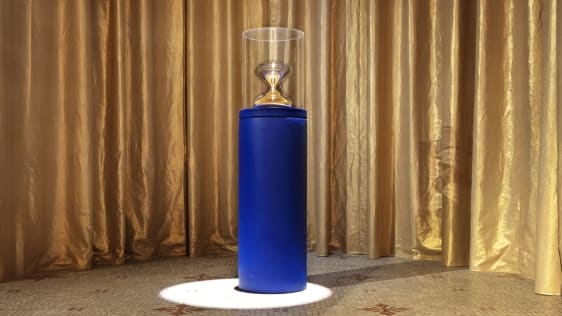The fascinating history of luxury design, from hedgehog vases to Chanel bags
When you think of luxury products, you might imagine an Hermès bag or a Patek Phillipe watch in a glittering window on Fifth Avenue. But the human craving for scarce, beautiful objects is not a modern one—in fact, the new exhibit Luxes at the Musée des Arts Décoratifs in Paris reveals that it goes back to prehistoric times. The exhibit is an anthropological exploration of how perceptions of luxury have changed over time and perhaps more crucially, why people are so drawn to these things. In the end, luxury isn’t just about the frivolous whims of the wealthy; it’s a direct reflection of what a society values, but struggles to obtain.
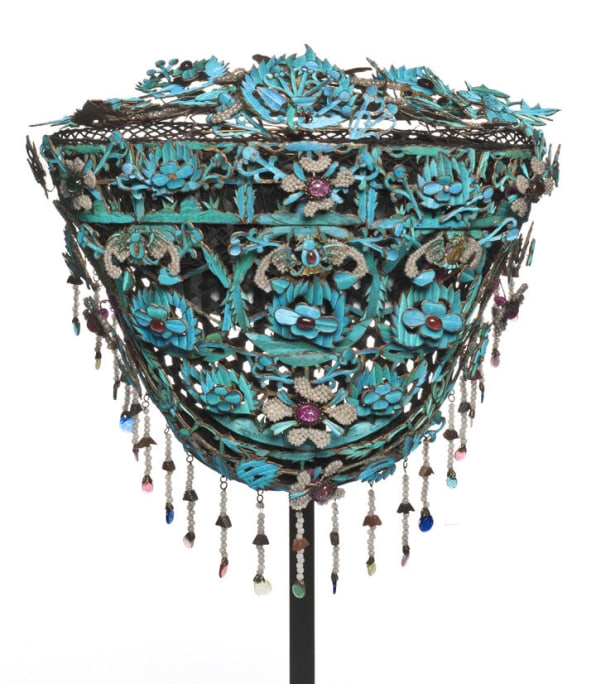
[Photo: courtesy Musée des Arts Décoratifs]
There are 120 sparkly, eye-catching things on display in the exhibit that take us from ancient times to the modern day. In 3500 BCE—the Early Bronze Age—people coveted a vase sculpted in the shape of a hedgehog. Sixteenth century Egyptians swooned over a finely chiseled spoon that held makeup made from shells with engraved silver handles. In 19th-century China, people admired a blue headdress made from kingfisher feathers and gemstones. “From one civilization to the next, the definition of luxury may be totally different,” says curator Olivier Gabet.
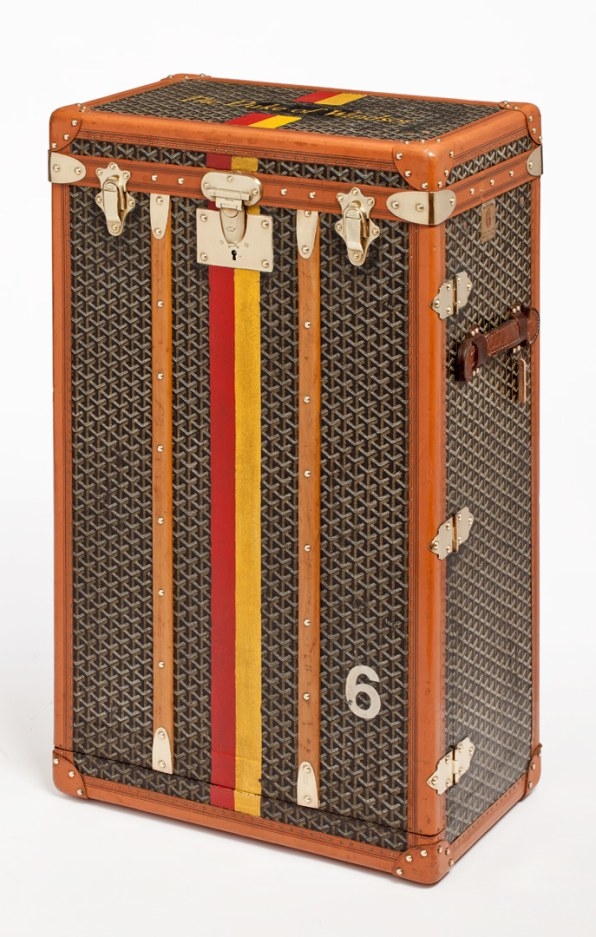
[Photo: courtesy Musée des Arts Décoratifs]
It would be easy to think that luxury is synonymous with scarcity, but that isn’t always the case. In our own time, luxury goods are churned out by a global industry dominated by brands that have become household names. It is a fast growing sector of the worldwide economy: Bain projects that even though luxury good sales may dip during the pandemic, the sector will bounce back and be worth $385 billion by 2025. “Whether you are in Mexico, Tokyo, Paris or New York, you see the same brand names everywhere, on the streets, in advertising,” Gabet says. “These brands names are powerful. Their stores are landmarks in cities around the world.”
To most consumers, luxury goods tend to be considered status symbols and markers of class. When someone buys a Chanel bag, for instance, it is partly to signal that they can afford to carry their keys in a bag worth several thousand dollars, just as much as it is about owning something finely crafted by Italian artisans. Luxury has always been associated with wealth, and by extension, power, particularly when you think of entities like the aristocracy or the church projecting its standing through lavish objects. But Gabet says that when you dig deeper into our fascination with luxury goods, we see traces of less obvious values.
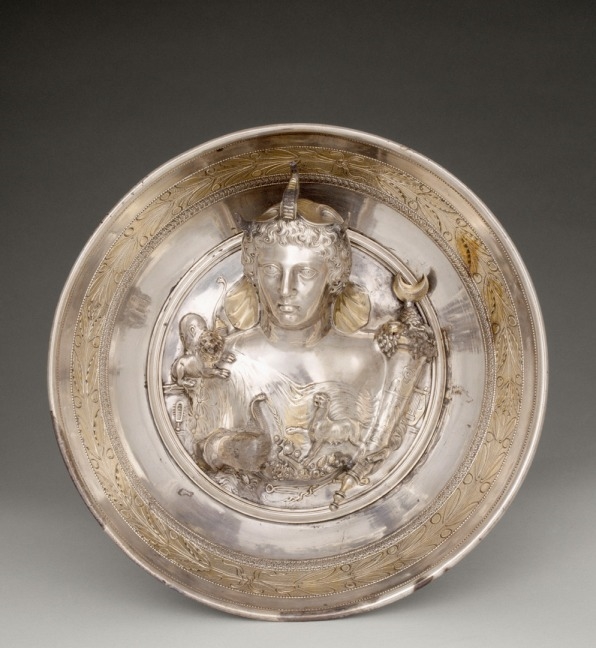
[Photo: courtesy Musée des Arts Décoratifs]
When we go back to prehistoric times, when currency didn’t yet exist, luxury appeared to be defined as things that were made with care and designed to last. Craftspeople in the ancient world spent time decorating everyday objects, like vases and pots, with designs inspired by nature. And those lucky enough to own these objects appear to have treasured them, taking such good care of them that they have been preserved for us to see. In fact, the Japanese art form of kintsugi, which repairs broken ceramics with gold leaf, is designed to draw attention to a luxurious object’s long history. “One of the most important definitions of luxury we see is that it is an object you keep, you cherish, you restore, and you transmit to someone else,” he says. “You might transmit it to your children, your family, or show to a large audience, in the case of royalty or the church.”
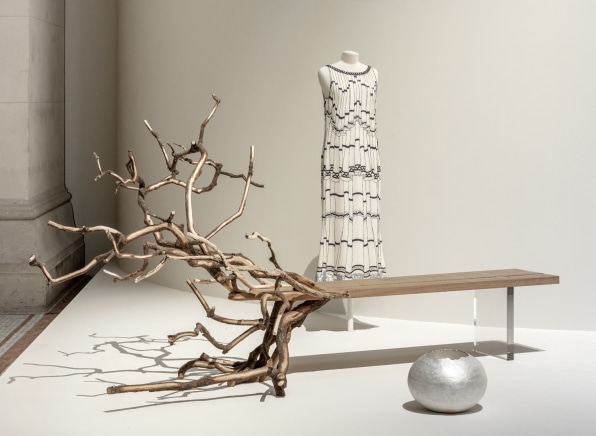
As the global economy became more complex, luxury became associated with things that were hard to obtain. In the Middle Ages, for instance, spices and salts brought in from far corners of the world were considered luxuries, and craftspeople created special vessels for them. Now, salt is considered cheap, so the exhibit reveals how the value of materials can change. “When you see a silver salt cup, it becomes clear that salt was a luxury for a long time, even though we don’t think twice about it today,” Gabet says. “People crafted beautiful objects to protect and display their salt.”
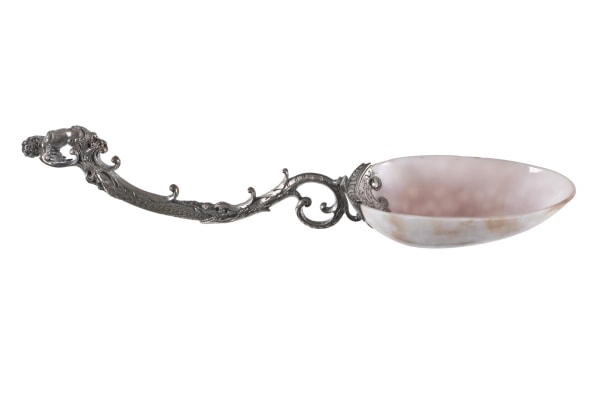
[Photo: courtesy Musée des Arts Décoratifs]
Gabet points out that this concept of scarcity is not always associated with material objects. It can also be associated with intangible things like time and space. Throughout history, humans have spent the majority of their time toiling to put food on the table, and only the very fortunate have been able to indulge in pleasurable activities that don’t generate an income. Many luxury objects from the Middle Ages aren’t themselves made of valuable materials—like decks of cards and backgammon boards—but they celebrate the concept of having free time.
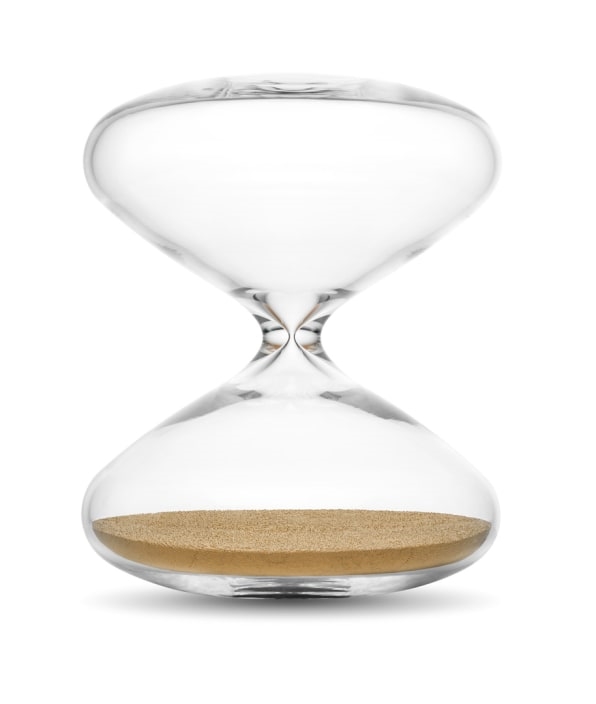
[Photo: courtesy Musée des Arts Décoratifs]
Today, as global conglomerates mass produce expensive goods, our definition of luxury seems to veer away from earlier notions. Is this an aberration? An emblem of late stage capitalism? Perhaps. But we also seem to be redefining luxury in some ways. For some people, it is a luxury to take a lower paying job that offers doesn’t take up so many hours of your day: You are effectively paying for time. For others, luxury is the flexibility to work from home. Gabet says that during this pandemic, concepts of luxury may be evolving right before our eyes. “The pandemic may be reshaping people’s priorities,” says Gabet. “They might see luxury as the freedom to travel, to be surrounded by people we love, to organize my life however I wish. For many people, this might be more important than a wonderful pattern by Boucheron or a Balenciaga dress.”
(35)

